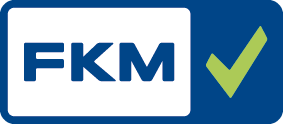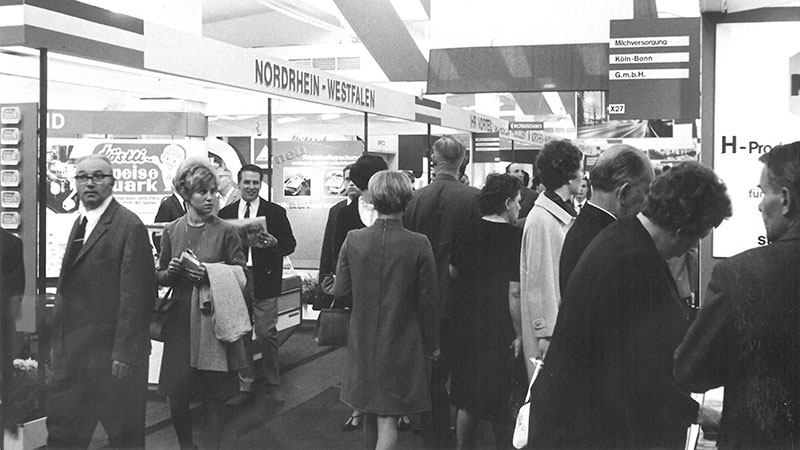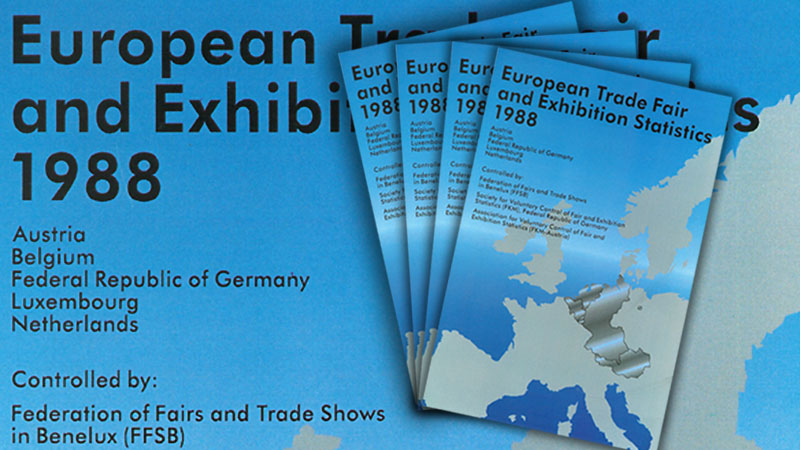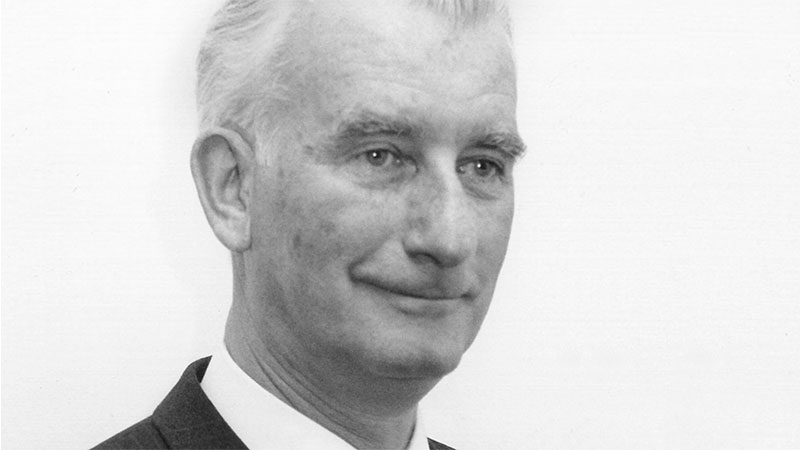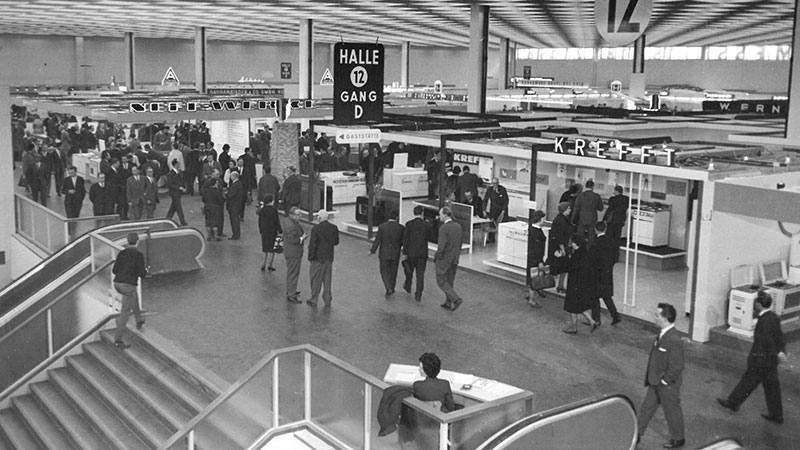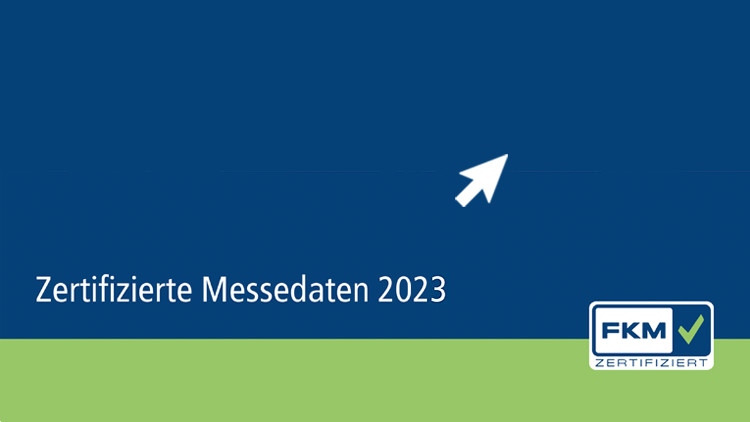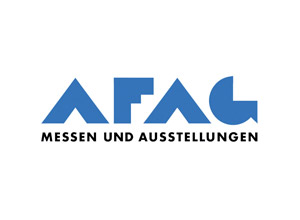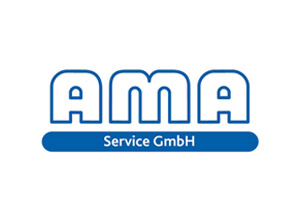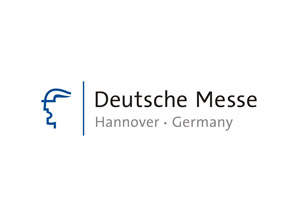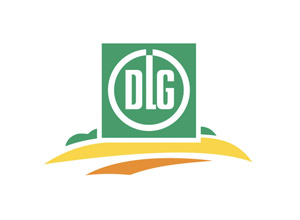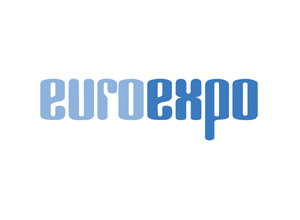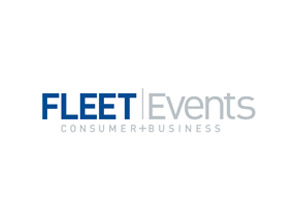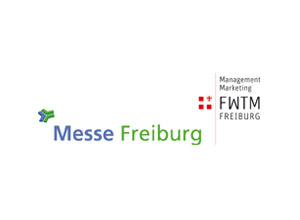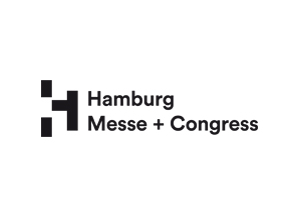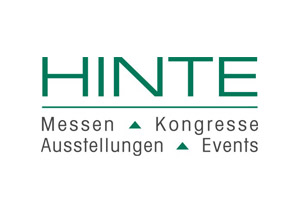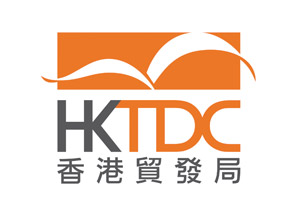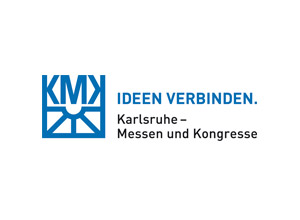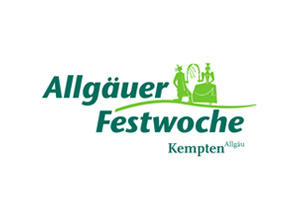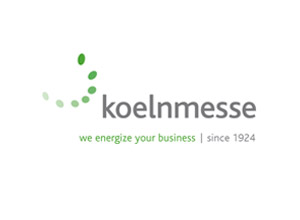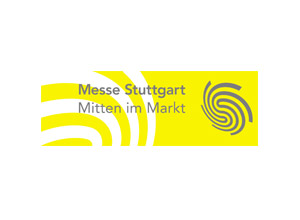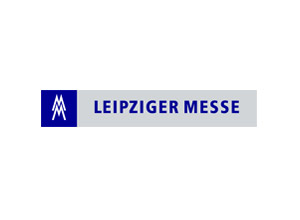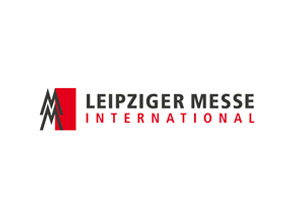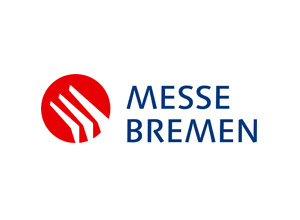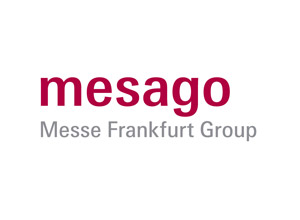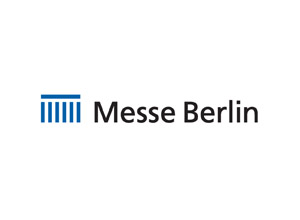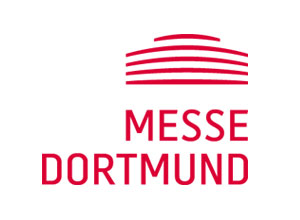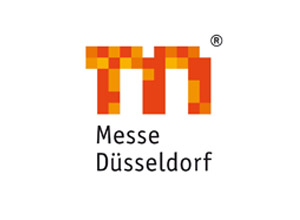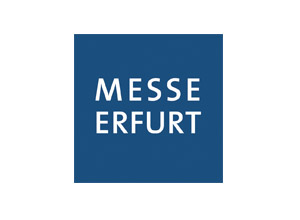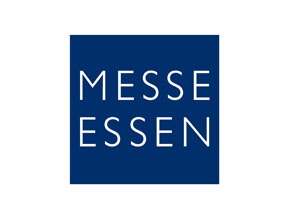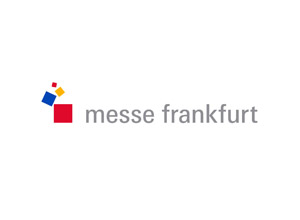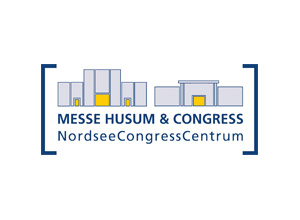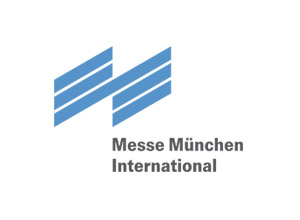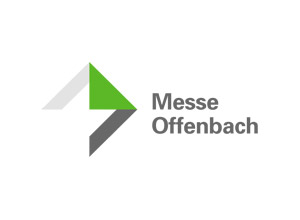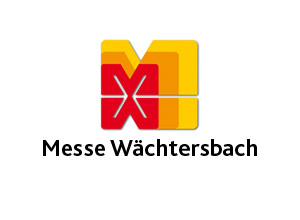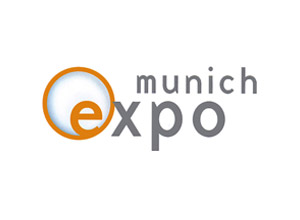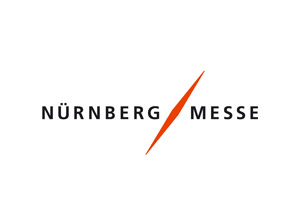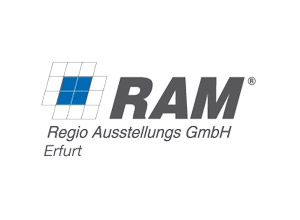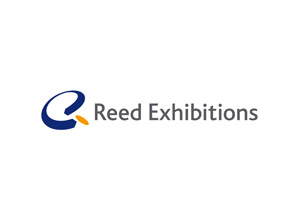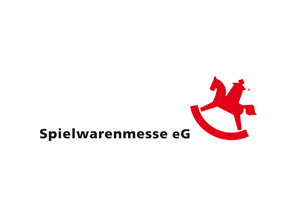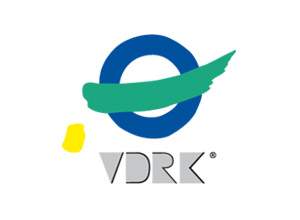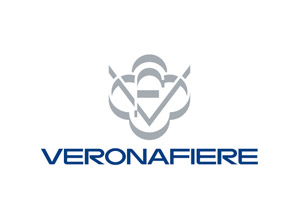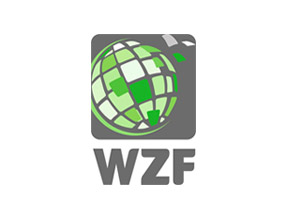Today it is self-evident that exhibition participants and the specialist public will receive data about the visitor structure of an exhibition, i.e. information about where visitors come from, what sector they are in and what sphere of responsibilities they have. Until the beginning of the 1970s, that was not the case, however. Although so-called exhibition tests did exist at a number of exhibitions, these were conducted using differing methodologies and differing questions, and tended not to be published very often. The industry and the press criticised the “head-counting” approach of the exhibition companies.
1975: First visitor structure tests
It was obviously not enough for FKM, which was founded in 1965, merely to audit visitor numbers. Standardisation of the substance and methodology of the visitor surveys were therefore the order of the day. In relation to this, a momentous meeting took place on 14 June 1973. The Association of the German Trade Fair Industry (AUMA) had issued invitations to a discussion with the unprepossessing title of “Transparency of exhibitions”. It related specifically to the creation of a standardised visitor structure test, however. It brought together representatives of numerous interest groups representing exhibitors, visitors and organisers: from the BDI (Federation of German Industries), the DIHT (German Chambers of Industry and Commerce), the HDE (German Retail Federation), the exhibition organisers’ federations, of course from FKM and also from the ZAW, the Central Federation of the German Advertising Industry, whose then President, Dr Dankwart Rost, of Siemens AG, was quite possibly the most important driving force behind industry’s wish for more transparency in relation to exhibitions. After a few rounds of negotiations, 8 standard questions were agreed on, and the first FKM visitor structure tests were conducted and published for 1975, at least for a dozen or so exhibitions. However, the subject of visitor structure data did not enjoy any real momentum over the next few years.
Five years later, in 1980, surveys in accordance with the FKM standard were conducted for precisely 27 exhibitions, even though the exhibitor and visitor numbers were already audited for around 130 exhibitions. Thus, in 1982, the second round began, once again upon the initiative of industry and with strong support from Siemens.
A decision-making basis for industry
AUMA’s working group on exhibition transparency was brought back to life and worked on developing further the standard established in 1973. By the end of 1983 an extended survey with more detailed questions had been agreed. In 1984, the “new” FKM visitor structure test was launched and straightaway won the confidence of the broad spectrum of FKM shareholders. This was evident from the fact that already in 1984 around 50 surveys in accordance with the new standard were conducted and in 1990 this figure was more than 100, i.e. covering over 60% of the exhibitions audited. Industry also evidently regarded this offering as a useful basis for making decisions, because demand increased and the basic structures from 1983 still exist today, though of course numerous adjustments have been made over the years in consultation with the exhibiting industry. The FKM shareholders now offer visitor structure data for around 80% of certified exhibitions.
Quality of visitors more important than numbers of visitors
FKM visitor structure data is thus virtually standard in form, but, depending on the subject area, organisers can add numerous individual questions, in particular regarding the behaviour of the visitors, to this basic package of ten questions. For data on visitor quality is today fundamentally more important than the mere number of visitors; it is useful to exhibitors in three ways: they can carry out their exhibition planning on a rational basis, and are also able to put forward better arguments within the company, they can identify, in advance of a exhibition, whether “their” target groups are represented to a sufficient extent, and they can measure the success of their participation against the overall visitor structure.





